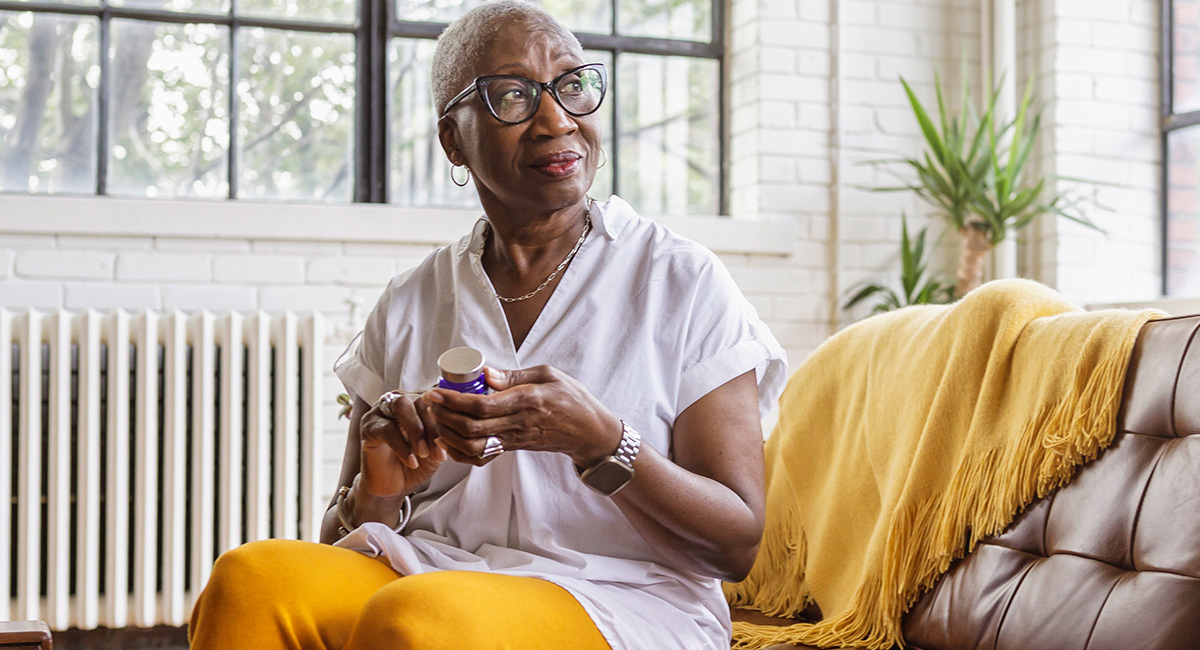Heat Therapy Helps Relax Stiff Joints
Learn different ways to ease joint pain using warm water or a hot compress.
By Carolyn Sayre
Looking for a natural way to get your joints moving in the morning? Close the medicine cabinet and try an age-old remedy that has stood the test of time: heat.
If you have a chronic condition like fibromyalgia, arthritis, or lower back pain, try heating things up. Soaking in warm water or applying a heated compress is one of the oldest, cheapest, and safest forms of complementary therapy. Research has shown that heat treatments can loosen stiff joints and relieve achy muscles.
Here is how it works. When you warm up a sore joint or tired muscle, your blood vessels get bigger. This allows more blood, oxygen, and nutrients to be delivered to the injured tissues. Better circulation means more relaxation for those stiff muscles and joints.
Stay away from heat if you have an acute injury or are having a flare. If you have a sudden onset of swelling and redness from overdoing it yesterday, you are better off using cold treatments for a few days. Cold has the opposite effect of heat: it reduces blood flow and decreases inflammation.
Warmth has a way of calming both the body and the mind. This article explains when heat therapy helps the most, how long to use it, and how to stay safe. The information is expert-based but easy to follow. Support this helpful guidance with a gift today.
Simple ways to heat up your daily routine.
-
Start your day right by taking a long, warm shower. The heat of the water will reduce morning stiffness, limber up the body, and increase your range of motion for the daily activity ahead.
-
Make sure the water is not too hot, particularly if you have heart problems. A healthy temperature is between 92 and 100 degrees.
-
Add in some prep time. Taking a shower before you workout or go on a long walk can prepare tight joints for exercise and reduce your chance of injury.
-
Buy an electric heating pad from the drug store. Heat up your hip, back, shoulder, or knee before you stretch or exercise.
-
Make a moist heating pad by putting a wet washcloth in a freezer bag and warming it in the microwave for one minute.
-
Rest with the warm compress on the affected area for 20 minutes when you’re doing computer work or reading the newspaper.
-
Dip your hands or feet in melted paraffin wax (test the temperature first!). Wait for it to cool and peel the wax off.
-
Go for a dip. When you have arthritis, a warm pool is the ideal place to strengthen your muscles and increase your flexibility. The water will reduce the force of gravity compressing the joint and offer 360-degree support for sore limbs that have limited range of motion.
-
Reap the rewards. Flexibility and relief last long after you towel off. Studies show that patients with arthritis and fibromyalgia who participated in warm water exercise programs two or three times a week could move around better and had as much as 40 percent less pain.
-
Don’t overdo it. Maximum benefit is reached after about 20 minutes in a warm pool or bathtub. Make sure you drink water before and after your dip.
-
Relax in a warm tub if a heated pool is inconvenient. Unwind your mind and loosen any joints that may have stiffened up from your daily activities with a nightly dip.
- Treat yourself to some bath salts. Bathing in magnesium sulfate crystals (Epsom salts) may boost your magnesium levels – a mineral that is important for bone and heart health.
There are benefits to switching between hot and cold therapies for joint pain. Cold is better for acutely painful and swollen joints. It’s helpful after the muscle and joint aches or soreness after activity or exercise. Don’t alternate hot and cold immediately. Give a couple of hours between sessions.
Good information makes self-care safer and more effective. Your generosity helps ensure people can access support when they need it.

Stay in the Know. Live in the Yes.
Get involved with the arthritis community. Tell us a little about yourself and, based on your interests, you’ll receive emails packed with the latest information and resources to live your best life and connect with others.


